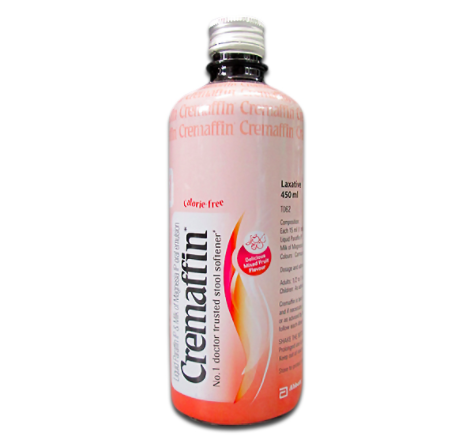Magnesium hydroxide (Milk of Magnesia-antacid) is used as adjunctive therapy to reduce the damage during acid secretion. It provides symptomatic relief and does not cure the cause. Antacids do not decrease acid production but raise the pH more than 4.
The potency of an antacid is expressed in terms of its acid-neutralizing capacity (ANC). ANC takes into consideration the rate at which the antacid dissolves and reacts with HCL in the stomach. The drugs under these can thus be differentiated based on their ANC, which helps determine the dosing regimen. This is significant because a single dose of any antacid taken in an empty stomach acts for 30–60 minutes, as the gastric content passes into the duodenum. Antacids may act for a period of 2–3 hours if taken along with meals.
| Parameters | Details |
|---|---|
| Category of Drug | Magnesium Hydroxide is used Antacids and Antiulcer Drugs |
| Mechanism of Action | Magnesium Hydroxide acts by neutralizing hydrochloric acid in gastric secretions. It increases pH, thus may inhibit the action of pepsin. |
| Structure | |
| Molecular details | 1. Molecular Formula- H2MgO2 2. Molecular Weight- 58.32 g/mol |
| IUPAC Name | magnesium; dihydroxide |
| 1. Absorption- About 15%-50% 2. does not have any protein binding 3. mainly excreted in the urine | |
| Indications | Magnesium Hydroxide is used in 1. Ulcer and non-ulcer dyspepsia 2. GERD |
| Well Known Pharmaceutical Brands | 1. GELUSIL-MPS-PFIZER 2. CREMAFFIN- ABBOTT 3. DEY’S MILK MAGNESIA- DEY’S 4. MILK OF MAGNESIA- SIRI  |
| Available dosage forms | 1. TABLET 2. SUSPENSION |
| Dose | Adult- Dyspepsia, GERD: 5 to 10 ml repeated according to the patient’s needs. |
| Contraindications | Severe renal impairment |
| Precautions | 1. Renal impairment 2. Hepatic impairment 3. Interactions 4. Abdominal pain |
| Adverse Effects | 1. Diarrhoea 2. Renal impairment |
| Pregnancy Category | B |
References


Pingback: Antacids and Antiulcer Drugs: Classification - PharmaCampus
Pingback: Gastroenterology: Which are the popular Brands? - PharmaCampus
Pingback: Aluminium Hydroxide: Pharmacology and brands - PharmaCampus